Latest Posts
PRIMARY SOURCE TYPE: 3D OBJECTS
Introduce students to historical inquiry through hands-on exploration of artifacts. Each lesson can be adapted for use with objects from any historical era.
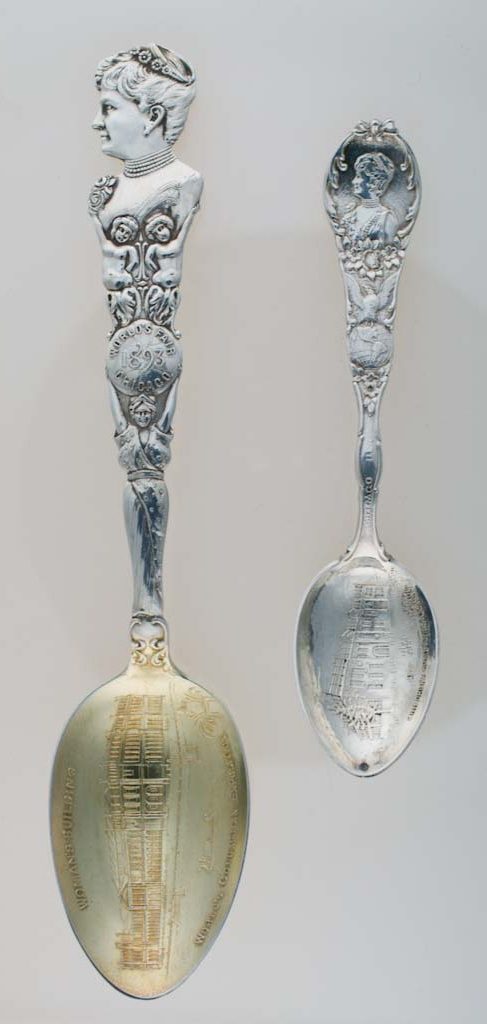 Artifact Analysis
Artifact Analysis
In this lesson, students will explore and analyze the items in an artifact kit, an important first step in developing historical empathy. The interpretation of these artifacts encourages students to construct their own meaning and ideas about the history that surrounds us. Download Artifact Analysis.
Life Story of an Artifact
In this lesson, students will write and illustrate the “life story” of an artifact to encourage students to construct their own interpretations of and connections with history. Download Life Story of an Artifact.
History Detective: The Case of the Mysterious Trunk
Students will take on the role of “history detective” in their own classroom detective agency to crack the case of the strange artifacts in the mysterious trunk owned by Ms. Nora Nostalgia. Download History Detective: The Case of the Mysterious Trunk.
The ABC’s of Artifacts
Students will learn the ABC’s of historical inquiry by conducting original research about an artifact then writing and illustrating an ABC book as a class. Download The ABC’s of Artifacts.
Tips for Assembling Your Artifact Kit
Our tips and resources will help you build an artifact kit to use with these lessons.
Local teachers wrote the History in Your Hands lessons as part of History Connections and Artifact Collections, a project made possible by a generous grant from the Polk Bros. Foundation.
PRIMARY SOURCE TYPE: 3D OBJECTS
Complete an in-depth exploration of a common household item to uncover the history hidden in everyday objects.
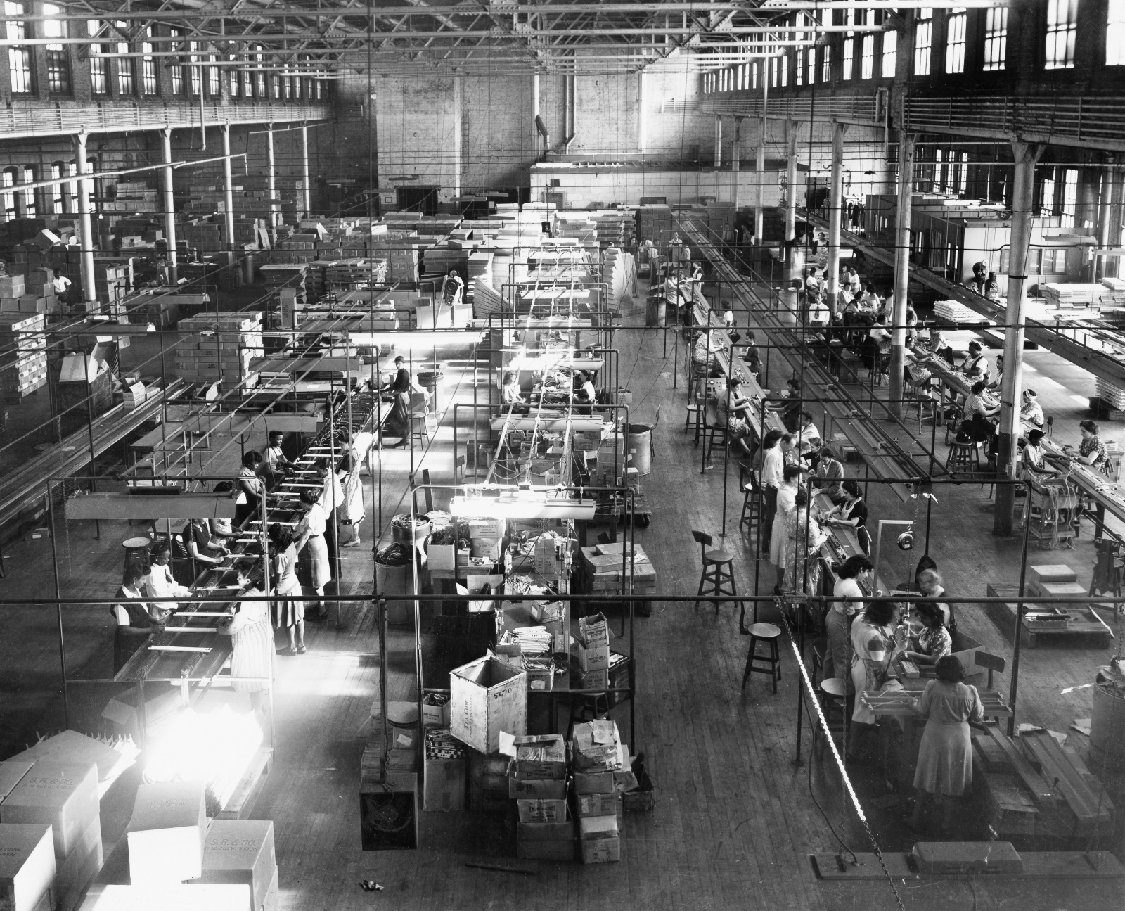 Show Me a Flowerpot
Show Me a Flowerpot
By comparing and contrasting handmade and machine-made products, students will learn about the evolution of production processes in American history. Download Show Me a Flowerpot.
Time in a Teakettle
Students will compare and contrast antique and modern teakettles in order to explore how the design and production of tea has changed (or stayed the same) over time. Download Time in a Teakettle.
A Toast to the Past
Students will use their observation, analysis, and research skills to discover the identity and purpose of a mysterious artifact from the past—the non-electric toaster! They will then make a visual timeline of toaster history. Download A Toast to the Past.
Spice it Up!
Students will engage their senses of touch and smell by grinding spices using a mortar and pestle, as they follow the path of famous explorers on the Silk Road to build an understanding of their desire for Asian riches. Download Spice it Up!
Tips for Assembling Your Artifact Kit
Our tips and resources will help you build an artifact kit to use with these lessons.
Local teachers wrote the History in Your Hands lessons as part of History Connections and Artifact Collections, a project made possible by a generous grant from the Polk Bros. Foundation.
PRIMARY SOURCE TYPE: 2D OBJECTS, 3D OBJECTS
Explore Chicago’s prominent role in the history of the railroads through transportation artifacts—both past and present.
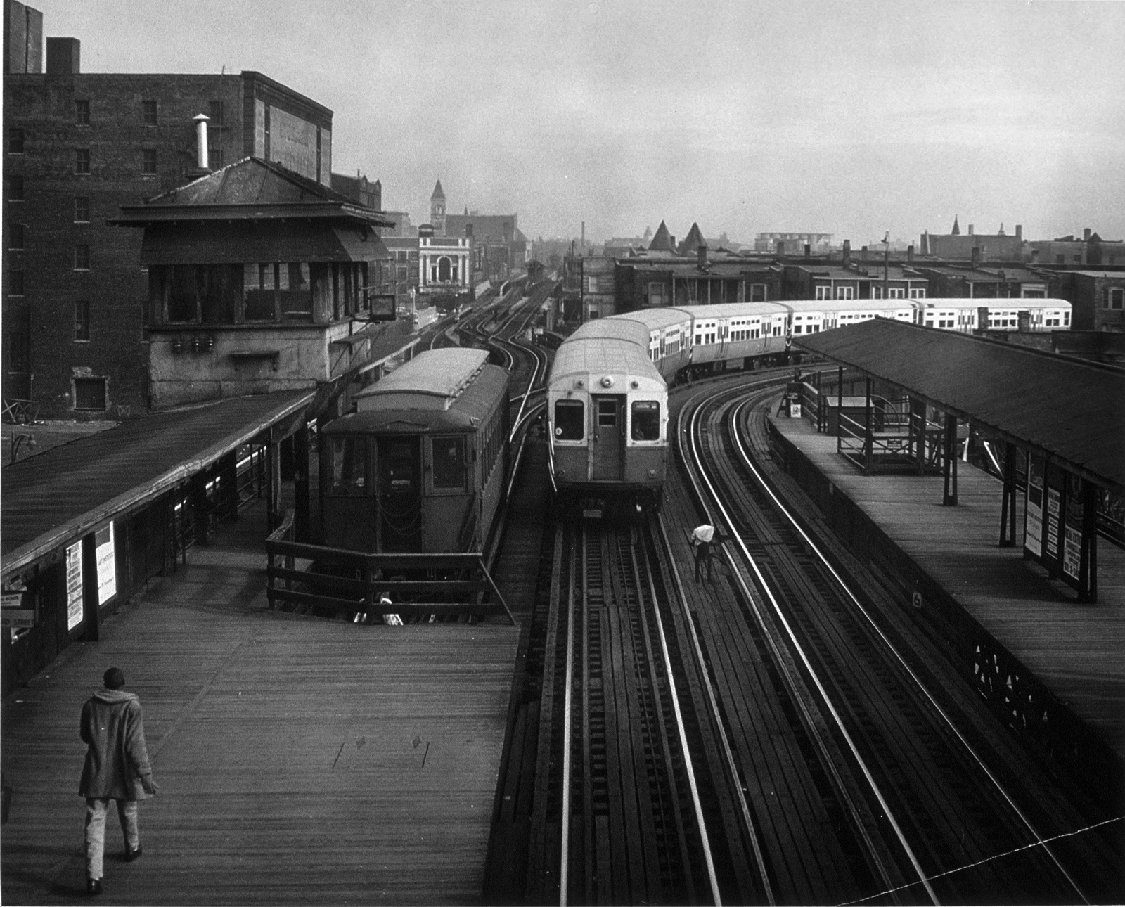 The Golden Spike
The Golden Spike
Students will read “Joseph’s Railroad Dreams,” a historical fiction story, to learn about the history of the railroads. They will then explore and interpret railroad artifacts and write their own inscription for the ceremonial Golden Spike. Download The Golden Spike.
Working on the Railroad
Students will learn about the challenges of “working on the railroad” and create their own railroad posters. They will also learn about the establishment of time zones and plot their own time zone trip. Download Working on the Railroad.
Transportation Through Time
Students will explore and analyze artifacts representing various modes of transportation used throughout Chicago’s history. They will write a short adventure story illustrating the past and imagining the future of transportation in our city. Download Transportation Through Time.
“L” Stands for Elevated
Students will play a Chicago “L” trivia game to learn about the history of our city’s public transportation system. They will also create their own construction paper “L” car and write advertising slogans for Chicago’s elevated trains. Download “L” Stands for Elevated.
Tips for Assembling Your Artifact Kit
Our tips and resources will help you build an artifact kit to use with these lessons.
Local teachers wrote the History in Your Hands lessons as part of History Connections and Artifact Collections, a project made possible by a generous grant from the Polk Bros. Foundation.
PRIMARY SOURCE TYPE: 2D OBJECTS, 3D OBJECTS
Gain empathy and understanding of the people who participated in one of the biggest population shifts in US history.
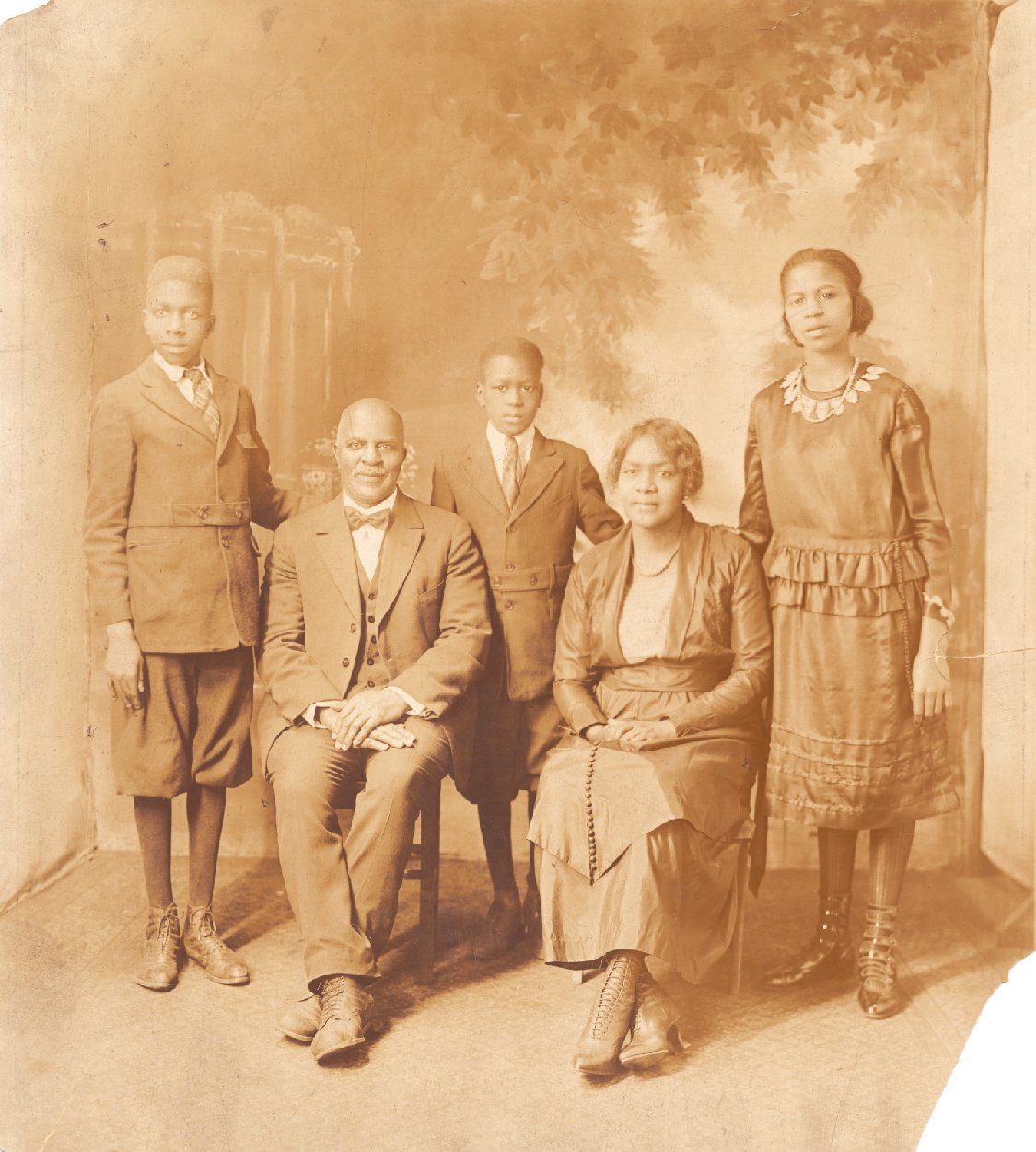
Travelers in Time
By examining artifacts from the era of the second wave of the Great Migration, students will learn about one of the biggest population shifts in the history of the United States. Download Travelers in Time.
Moving Objects
In this lesson, students will explore and analyze the items in a Great Migration artifact kit to gain insight about one of the biggest population shifts in the history of the United States. They will then write a short story about the object. Download Moving Objects.
Traveler’s Trunk
Students will analyze and interpret artifacts from the 1920s to learn about life during the Great Migration and will construct their own meaning and ideas about the history that surrounds us. Download Traveler’s Trunk.
Home Sweet Home
Students will learn about the role of photography in documenting the past. They will compare and contrast life in the South and the North during the time of the Great Migration. Download Home Sweet Home.
Tips for Assembling Your Artifact Kit
Our tips and resources will help you build an artifact kit to use with these lessons.
Local teachers wrote the History in Your Hands lessons as part of History Connections and Artifact Collections, a project made possible by a generous grant from the Polk Bros. Foundation.
PRIMARY SOURCE TYPE: 2D OBJECTS, 3D OBJECTS
Investigate artifacts from these remarkable decades to learn about the fads and fancies that shaped Chicago in the late twentieth century.
Smiley Face Circle Stories
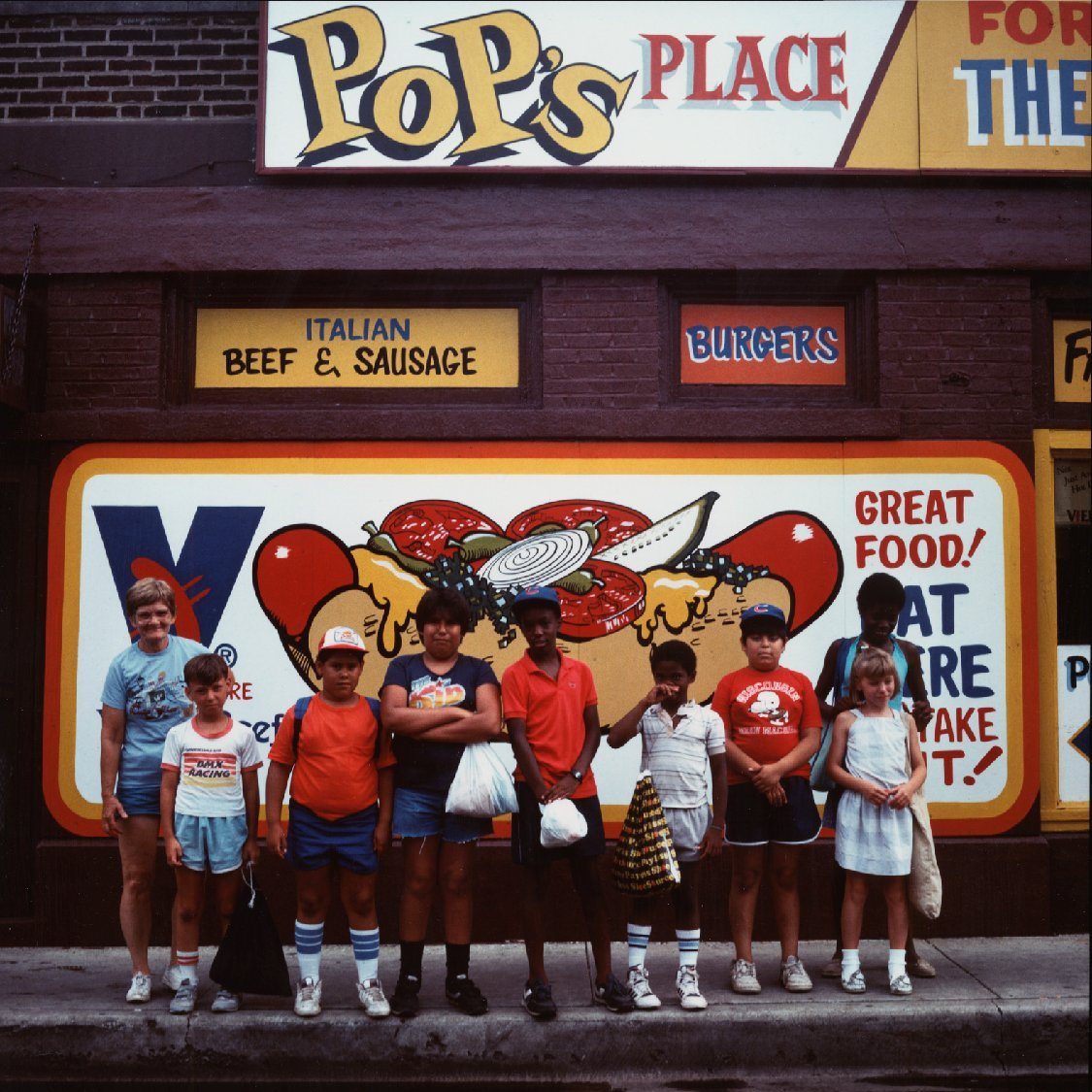 Students will explore artifacts from the 1970s to learn about the fads and fancies that shaped this remarkable decade. They will then write collaborative “circle stories” about the objects. Since many of today’s teachers grew up in the ’70s, students have the opportunity to gain insight into their teachers’ own childhood experiences, to develop historical empathy, and to better understand the relationship between past, present, and future. Download Smiley Face Circle Stories.
Students will explore artifacts from the 1970s to learn about the fads and fancies that shaped this remarkable decade. They will then write collaborative “circle stories” about the objects. Since many of today’s teachers grew up in the ’70s, students have the opportunity to gain insight into their teachers’ own childhood experiences, to develop historical empathy, and to better understand the relationship between past, present, and future. Download Smiley Face Circle Stories.
Stampin’ Around Chicago
To learn about the fads and fancies that shaped the 1960s, 1970s, 1980s, and 1990s, students will explore artifacts from these iconic decades then create a postage stamp inspired by what they have learned.
Download Stampin’ Around Chicago.
Kidding Around in the 1980s
By sampling the pop culture of the 1980s through movies, music, toys, and magazines, students will make personal connections with how kids entertained themselves in that era. Download Kidding Around in the 1980s.
Back to the Future
Inspired by the 1985 movie Back to the Future, students will write a story imagining what it would be like to travel back in time and meet their parents as elementary school students. Download Back to the Future.
Tips for Assembling Your Artifact Kit
Our tips and resources will help you build an artifact kit to use with these lessons.
Local teachers wrote the History in Your Hands lessons as part of History Connections and Artifact Collections, a project made possible by a generous grant from the Polk Bros. Foundation.
PRIMARY SOURCE TYPE: 2D OBJECTS, 3D OBJECTS
Discover the basics of architecture and Chicago’s important role in architectural history though artifacts and design-and-build projects.
 The Art of Construction
The Art of Construction
Taking on the roles of architect and builder, students will explore architectural artifacts and then use their creativity and cooperative skills to design and construct their own buildings. Download The Art of Construction.
Discovering Details
Students will explore the details of architectural ornamentation by comparing and contrasting antique and modern artifacts. They will then create their own shoebox interior design. Download Discovering Details.
Tips for Assembling Your Artifact Kit
Our tips and resources will help you build an artifact kit to use with these lessons.
Local teachers wrote the History in Your Hands lessons as part of History Connections and Artifact Collections, a project made possible by a generous grant from the Polk Bros. Foundation.
PRIMARY SOURCE TYPE: 2D OBJECTS, PHOTOGRAPHS, DOCUMENTS
Great changes and events in history have often started with protest. From town hall meetings and rallies to demonstrations and war, protest has instigated change in our society. The lessons in this unit will help students compare and contrast the different methods of protest and understand protest as a part of American history. Students will analyze how political cartoons work to convey messages and how organizing peacefully can often lead to change.
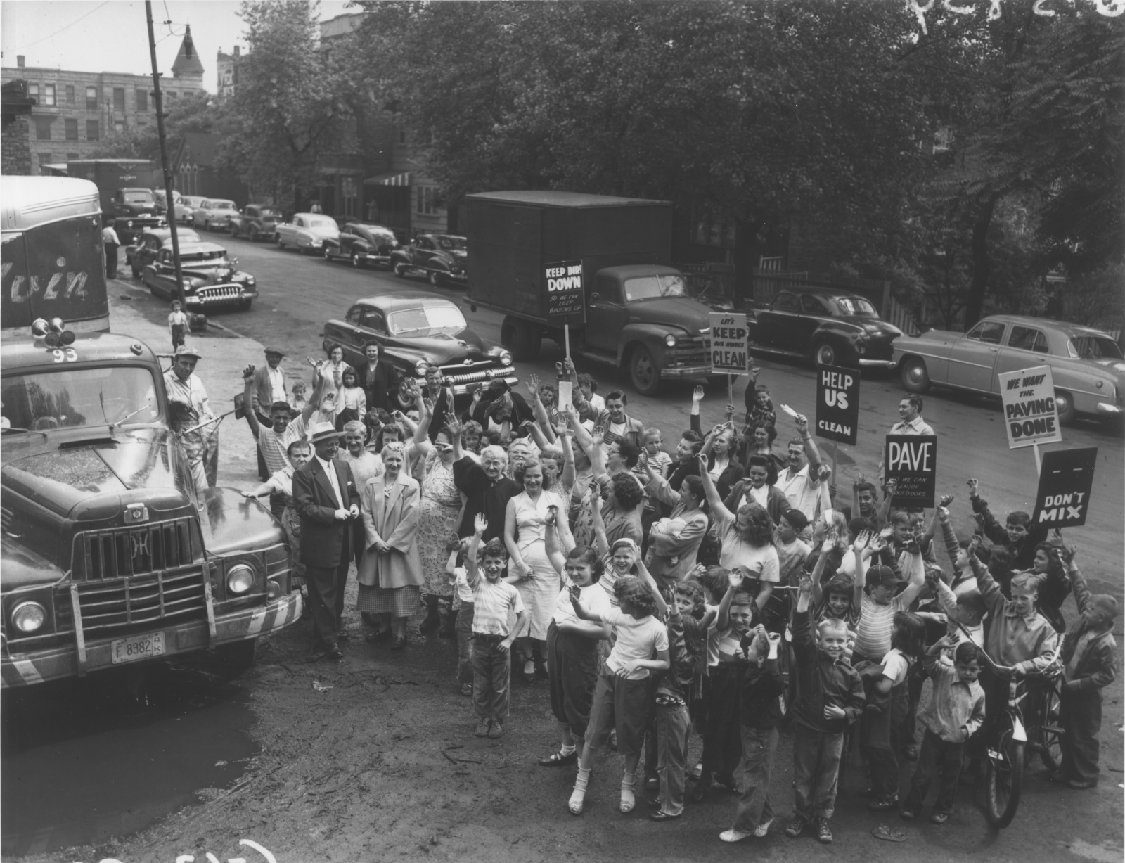 Lesson 1: The Art of Protesting
Lesson 1: The Art of Protesting
This lesson introduces students to protest and begins with students to unknowingly staging a spontaneous mini-protest of their own! Students will study protest vocabulary, use the vocabulary to analyze images of protest, and give a short presentation based on their analysis. This lesson also includes an optional protest crossword puzzle activity. Download The Art of Protesting.
Lesson 2: America Established Because of Protest
The American colonists used protest to resist British rule in the late 1700s. During this lesson, students will use five examples of colonial resistance to interpret the events that led up to the American Revolution. In small groups, students will analyze one of the five protests and then prepare oral presentations based on their analysis. This lesson encourages creativity through the design of costumes and other visual aids. Download America Established Because of Protest.
Lesson 3: Cartoons and Protest
Political cartoons are popular forms of protest. In this lesson, students will study political cartoons dating from the time of the American Revolution to today. They will analyze political messages in the cartoons by examining the cartoon’s images, words, symbols and the background of cartoonists. Students will then create their own political cartoons to protest an issue of their choosing. Download Cartoons and Protest.
Lesson 4: Demonstrating Our Rights
Help students discover their potential power to make a difference. During this lesson, students will study how organizing peacefully can lead to change. Students will demonstrate their knowledge by organizing and carrying out an actual protest or demonstration. Students will prepare for their demonstration by asking: What are we protesting? What tools should we use? How do we present our views to others? How do we effectively argue against the views of the opposing side? Download Demonstrating Our Rights.
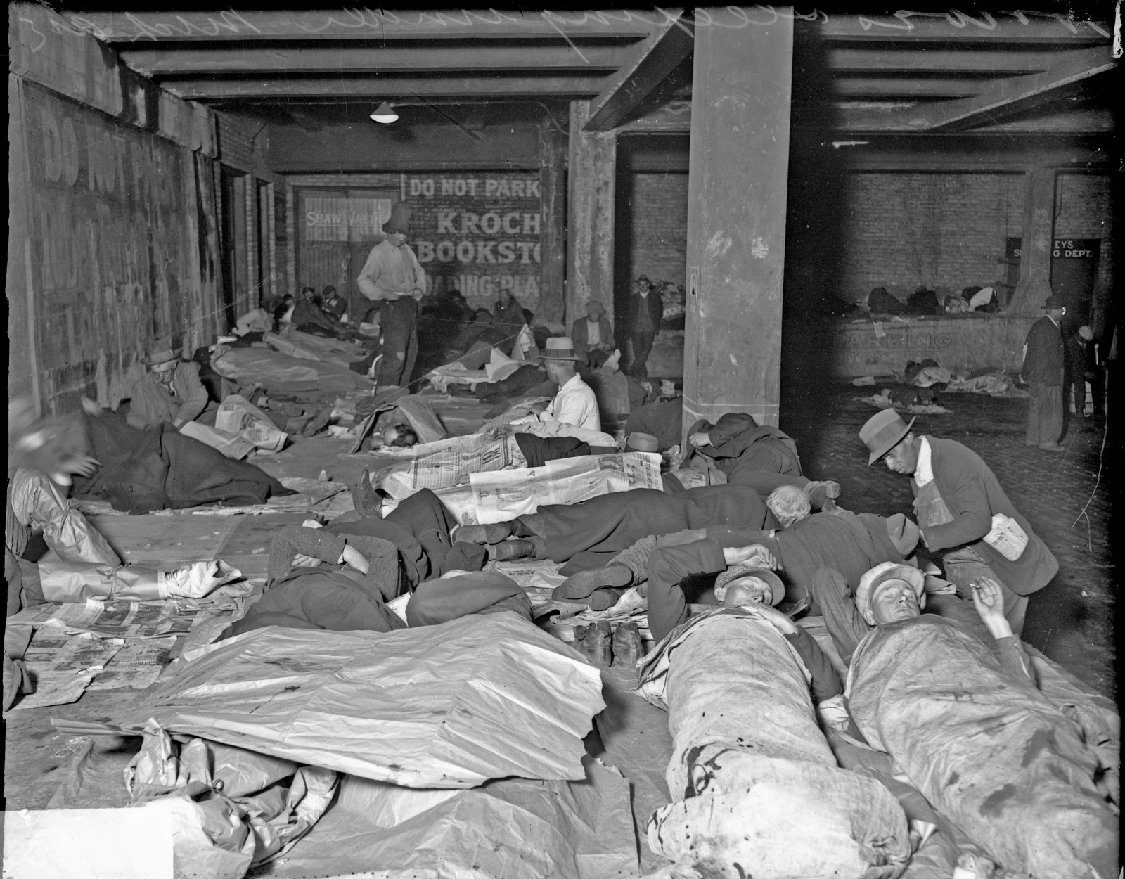 PRIMARY SOURCE TYPE: DOCUMENTS, ORAL HISTORIES
PRIMARY SOURCE TYPE: DOCUMENTS, ORAL HISTORIES
During the Great Depression approximately 25 percent of working Americans lost their jobs, but how did this really affect the people who lived through those years, and how do our times relate to their experiences?
In this unit, students will study the causes and effects of the Depression through the reflections of those who lived in America at that time. Students will explore both primary and secondary sources, largely from Studs Terkel’s Hard Times, and prepare oral and written analyses of the Great Depression. Students will learn the value of primary research and develop their skills as critical thinkers, interviewers, and debaters.
Lesson 1: How Hard Were the Times?
Investigating the Meaning and Significance of the Great Depression
Understanding the Great Depression through statistics can be difficult. This lesson uses Studs Terkel’s interview transcripts for his book Hard Times to create a broader picture of daily life during the Great Depression. During this lesson, students will research life in the 1930s, study Studs Terkel’s interview transcripts, practice their interviewing skills and put them to use, analyze the value of verbal information, use acquired knowledge to assess the past, and apply that knowledge to the present. Download How Hard Were the Times?
Lesson 2: To Understand the Times is to Understand the People
Who was the “average person” of the Depression Era? What is the particular value of information obtained through an interview? What qualities make a good interviewer? This lesson is designed to help students understand how “real” people lived and worked during the Great Depression. It will provide students with basic interviewing skills and enhance their listening, note taking, and reporting skills. Download To Understand the Times is to Understand the People.
Lesson 3: Who Makes History?
Distinguishing between Those Who Live Through History and Those Who Write About It
Who are history’s reporters? How do we interpret and collect primary source material, such as oral history interviews? Uncovering history requires us to use skills of research, evaluation, and analysis. During this lesson, students will develop an analytical perspective of how historians record, preserve, and interpret data by analyzing both original and edited transcripts from Studs Terkel’s interviews for his book Hard Times. Download Who Makes History?
Lesson 4: Whose History is it Anyway? Patterns in History
Do historic patterns repeat themselves today? Using evidence from primary sources, students will debate positions concerning the lessons of Depression-era history. This lesson helps students consider history both as a reflection of the past and a part of current events, gives them formal debate experience, and encourages respect of opposing views. Download Whose History is it Anyway?
PRIMARY SOURCE TYPE: 3D OBJECTS, DOCUMENTS
From bicycles to electric trains to paper dolls, Chicagoland was once home to an enormous toy industry. Chicago companies brought new kinds of toys to the market, including transportation toys, like Tootsie Toys, and construction toys, such as Tinker Toys and Lincoln Logs. This unit will introduce students to the inventors of these toys, explore the purpose and history of toys, and analyze advertising techniques.
 Lesson 1: Play with a Purpose
Lesson 1: Play with a Purpose
This lesson deepens students’ thinking about toys by raising a series of questions, including: How do toys teach us about history and how to toys illustrate an inventor’s creativity? To begin answering these questions, students will read short biographies of the inventors of three famous Chicago toys and examine images of their products. Students will work in small groups to complete toy analysis chart and worksheet. They will then choose their favorite modern toy and write a letter describing it and its purpose. After completing this lesson, students will be able to think beyond toys as mere play items and discuss the nature of invention. Download Play with a Purpose.
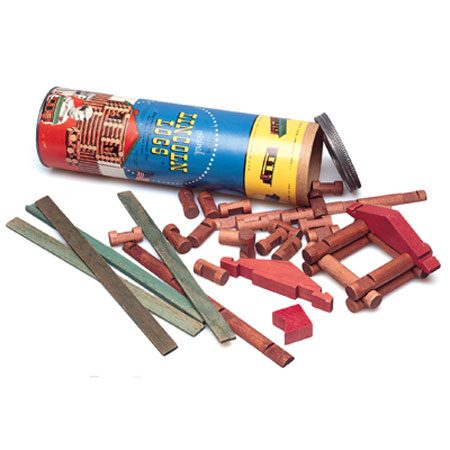
Lesson 2: Build It with Lincoln Logs!
In this lesson, students will take a close look at the marketing of Lincoln Logs over time. Students will analyze toy advertisements, comparing and contrasting prices, styles, and images. Students will end the lesson by inventing their own toy and designing a convincing advertisement for it. At the conclusion of this lesson, students will know who the target audience was during the 1950s and describe how toys were advertised during that time period. Students will be able to compare Lincoln Logs to more recent toys and describe changes in advertising techniques. Download Build It with Lincoln Logs!
PRIMARY SOURCE TYPE: 2D OBJECTS, PHOTOGRAPHS, DOCUMENTS
When the Ferris wheel was introduced it inspired awe and wonder. The world’s first Ferris wheel was invented for Chicago’s Columbian Exposition of 1893. Students will explore the creative inspiration behind the wheel, the collaborative process of fabricating the wheel, and the features of riding on the wheel. They will analyze primary source materials, including photographs, an advertising poster, and telegrams exchanged between George Ferris, the inventor of the wheel, and Luther Rice, the engineer supervising construction of the wheel. At the conclusion of this unit, students will appreciate the uniqueness of the Ferris wheel and the process and creativity necessary to generate an idea and then turn it into a physical reality.
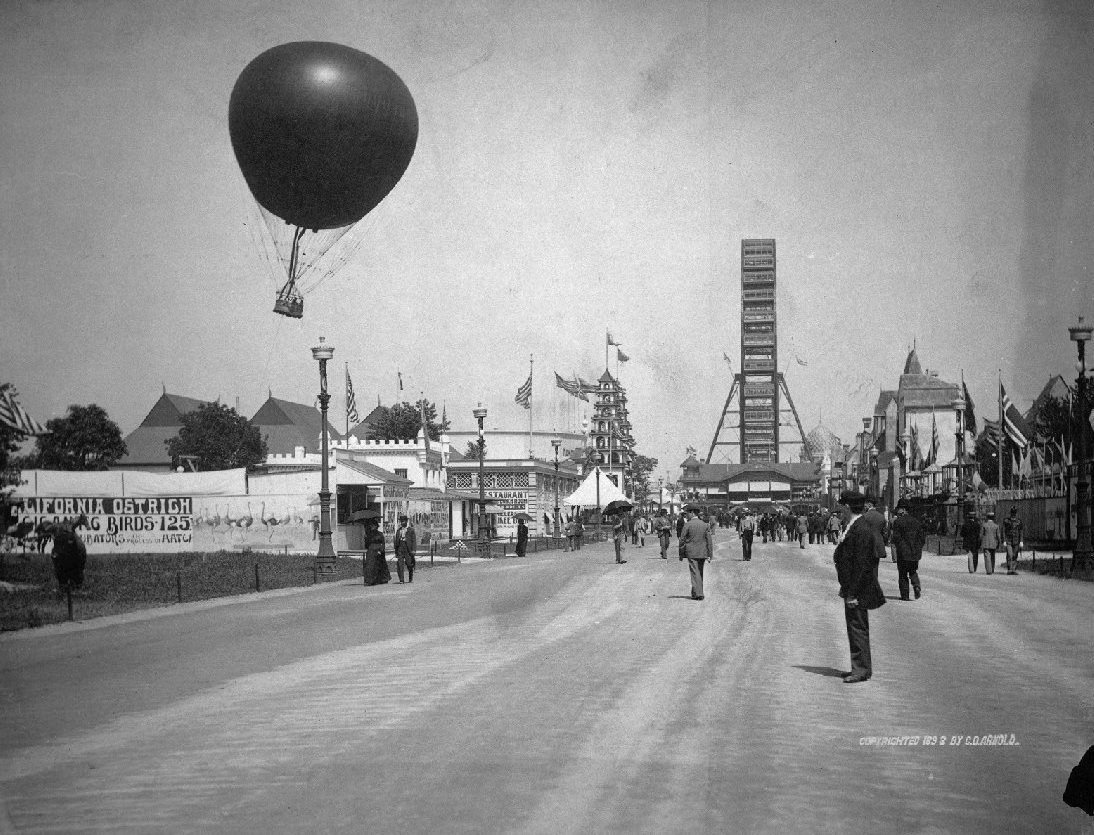 Lesson 1: Invent It!
Lesson 1: Invent It!
This lesson introduces students to George Ferris and his invention, the Ferris wheel. Students will closely analyze an advertisement for the wheel and apply a metric conversion to the ride’s statistics. Afterward, students will explore the inspiration behind the wheel–to invent an attraction that would rival the Eiffel Tower of Paris. They will think about inspiration in their everyday lives to invent their own new amusement ride and then “pitch” the merits of their ride to their classmates. Download Invent It!
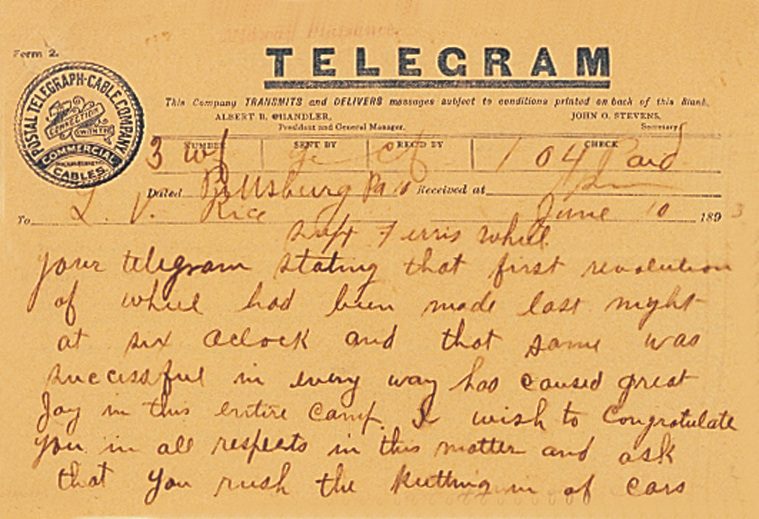
Lesson 2: Ferris Wheel Fun: Talking with Telegrams!
This lesson explores the complex and collaborative process of building the world’s first Ferris wheel. Students will analyze the written communication between George Ferris and Luther Rice for detail, composing lists of the specific construction tasks involved and making inferences about the challenges of the process. Students will then take on the personas of Rice and Ferris to write and exchange their own sequence of telegrams and deliver their correspondence as oral reports. Finally, students will compare and contrast communication during the 1890s to that of today and begin to appreciate the impact communication had on building the wheel. Download Ferris Wheel Fun: Talking with Telegrams!